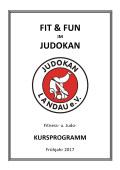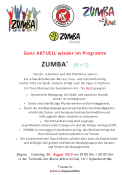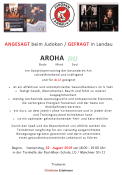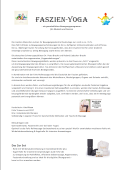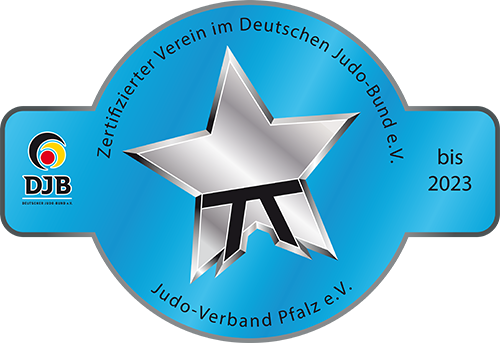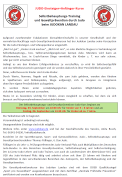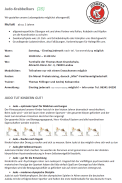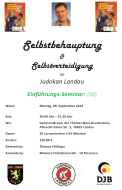As an expectant mother nearing the end of pregnancy, labor contractions are a normal part of the birthing process. However, the pain associated with contractions can be scary and overwhelming, especially for first-time mothers. In this article, we will discuss what labor contraction pain is, how it feels, and offer some tips for coping with the discomfort.
Labor contraction pain is caused by the uterus contracting and relaxing in preparation for childbirth. As the uterus contracts, it pushes the baby down towards the cervix, causing the cervix to dilate and efface. The pain associated with labor contractions is typically described as intense cramping or pressure in the lower abdomen and back. The intensity and frequency of the contractions will increase as labor progresses, and each contraction can last from 30 seconds to two minutes.
There are different types of labor contractions. Braxton Hicks contractions are commonly known as “false labor” as they are not usually painful and do not lead to childbirth. True labor contractions, on the other hand, are typically more frequent, intense, and regular. These contractions may be accompanied by other signs of labor, such as the release of the mucus plug or the rupture of the amniotic sac.
As labor contractions increase in intensity and duration, many women find them difficult to manage. Fortunately, there are several techniques that can help ease the pain of labor contractions. Breathing exercises, such as slow inhalations and exhalations, can help to focus the mind and relax the body. Massage and counter pressure, such as using a tennis ball or a rolled-up towel to apply pressure to the lower back, can also provide relief. Warm compresses, such as a hot water bottle or warm towel, can help to alleviate cramping and pain.
It is also important to stay hydrated during labor, as dehydration can intensify the pain of contractions. Drinking water, juice, or electrolyte drinks can help keep the body hydrated and reduce discomfort. Walking and changing positions can also help to ease the pain of contractions and encourage labor to progress.
In some cases, medication may be necessary to manage the pain of labor contractions. There are various options available, including epidurals, which can provide complete pain relief for many women. Other medications, such as opioids, may be used to manage the pain of labor contractions, but they can also have side effects for both the mother and baby.
In conclusion, labor contraction pain is a natural part of the birthing process. Understanding what to expect, knowing how to manage pain, and working closely with a healthcare provider can help to make the experience less daunting. Remember to focus on breathing, stay hydrated, and try different techniques to find what works best for you. With the right support, you can get through the pain of labor contractions and welcome your new little one into the world.




